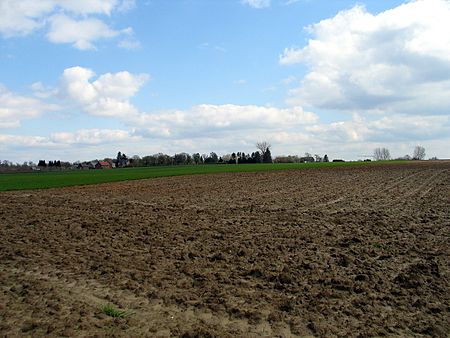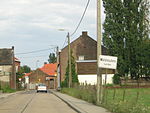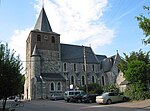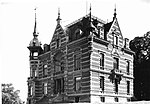Battle of Steppes
1213 in EuropeConflicts in 1213Wars of succession involving the states and peoples of Europe

The Battle of Steppes was fought in modern-day Belgium on 13 October 1213 between Hugh Pierrepont, Bishop of Liège, and Henry I, Duke of Brabant.
Excerpt from the Wikipedia article Battle of Steppes (License: CC BY-SA 3.0, Authors, Images).Battle of Steppes
Hannuitstraat,
Geographical coordinates (GPS) Address Nearby Places Show on map
Geographical coordinates (GPS)
| Latitude | Longitude |
|---|---|
| N 50.712817 ° | E 5.125577 ° |
Address
Hannuitstraat
Hannuitstraat
3890
Limburg, Belgium
Open on Google Maps










